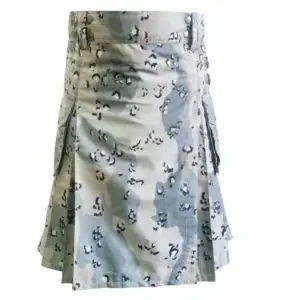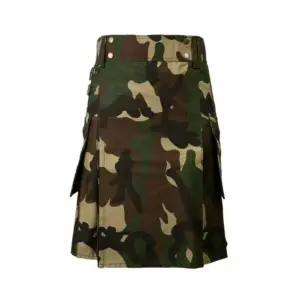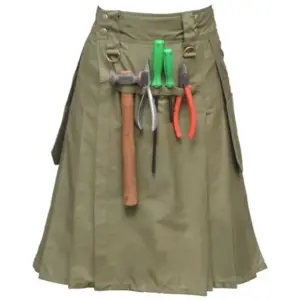Introduction:
In the annals of Scottish military history, the kilt stands as a symbol of valor and tradition. This blog delves into the integral role kilts have played on the battlefield, tracing their journey from ancient conflicts to modern warfare.
1. Origins of the Military Kilt:
Kilts were more than mere attire for Scottish warriors of old; they were practical garments perfectly suited for combat. Early adopters found the kilt provided freedom of movement and protection in the rugged terrain of their homeland. Clan loyalty often dictated the choice of tartan, further intertwining military service with identity and heritage.
2. Kilts in Ancient Battles:
The kilted Highlander became a formidable force in ancient battles, from the iconic victory at Bannockburn to the tragic defeat at Culloden. In the Jacobite uprisings, kilts were a rallying symbol for the cause, worn proudly by warriors fighting for their beliefs. Legends emerged of kilted heroes, their bravery immortalized in folklore and song.
3. The Military Kilt in the British Army:
With the integration of Scottish regiments into the British Army, kilts became synonymous with military service on a larger scale. Units like the Black Watch and the Royal Scots Fusiliers carried the legacy of their Highland ancestors into battles across the globe, from the Napoleonic Wars to the trenches of World War I.
4. Modern Kilts in Military Ceremonies:
Today, kilts continue to hold a prominent place in military ceremonies and traditions. Whether parading on regimental grounds or participating in solemn remembrance services, kilted soldiers pay homage to their heritage and comrades-in-arms. Each tartan carries its own significance, representing the history and values of the regiment it adorns.
5. The Legacy of Kilted Warriors:
As we honor the sacrifices of kilted warriors past and present, we acknowledge their enduring legacy. Memorials stand as silent tributes to their courage, while traditions passed down through generations keep their memory alive. Looking forward, the kilt remains a symbol of pride and honor, a reminder of the indomitable spirit of Scotland’s military heritage.
Conclusion:
In the tapestry of Scottish military history, the kilt is woven with threads of bravery, loyalty, and tradition. From ancient battlefields to modern conflicts, kilted warriors have stood as guardians of their homeland and champions of freedom. As we reflect on their legacy, we salute their valor and pledge to preserve the proud tradition of the kilt for generations to come.



